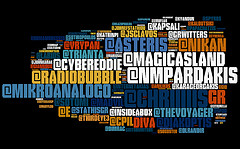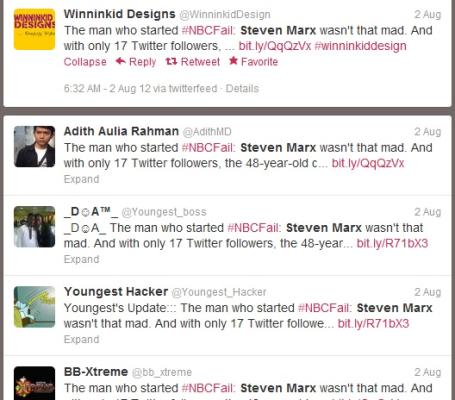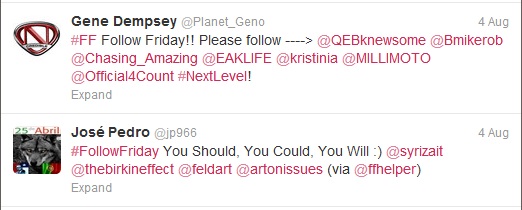While Twitter?is designed for people all over the world to consume real-time information easily off each other, it is also a platform that encourages interaction and conversation among its users.
Replies and Mentions are two ways for Twitter users to exchange ideas.
How are Replies and Mentions Different?
A reply is a response in the form of a post to another user, usually to answer a question or in reaction to an idea that has been posted. To reply, type in the '@' sign followed by the username, i.e. @username and then follow with your message. Remember to keep your reply to under 140 characters. The @reply will appear in the public area of your timeline for your network to see. Here's an example. A mention is not necessarily a direct response to another user and is mostly applied as an FYI. It is placed anywhere in the body of the tweet, not at the beginning, i.e. It's a great day today @username. Replies can be considered mentions, so it's easy to interchange them. The main difference is their purpose and their delivery. Any tweet that contains your username, whether it's a @reply or a @mention, will appear in your Mentions Tab on the Connect page. If you mention more than one username in your Tweet, these people will all see the Tweet in their own Mentions tabs.How Do I Know Which Tweet Has Received A Reply?
You might have sent several tweets and want to know who among your network replied to whatever tweet. To find out, click on the tweet itself and it will automatically display the Tweet other users have replied to. You'll also see other content related to the tweet.?When you @Reply to a tweet, Twitter also maintains the thread and you (or someone else who views a response) can then view the entire thread too.The Power of a Mention
When there is an ongoing tweet chat, an existing member of the chat community can endorse additional members of the conversation by mentioning them publicly. One popular tweet chat is FollowFriday, which is an international online event where Twitter users get to recommend other interesting users?to their own networks. For example: #FollowFriday?I endorse @username1, @username2, @username3 You can also use @mentions to show support for a product, person or event. For example: Thanks @brand1 and @brand2 for making @event a success! Everybody, you should try their products. They really work! Naturally, @mentions are prone to marketing abuse and some companies have overused the micro-blogging community to expose their offerings. Spamming your timeline with all sorts of endorsements or recommendations will likely get you unfollowed or banned in violation of Twitter Etiquette?guidelines.Always Remember!
- You will not see other users' mentions when you visit their profile pages. You can search for the tweets mentioning them in the Search Box. Type in '@username' and the results will be displayed.
- Other users will only see the @replies in their timelines if they are followers of BOTH the sender and the recipient of the reply. Otherwise, these will not appear in the timeline.
- Users with protected tweets?can only send @replies to their own followers.
- If someone sends you a @reply and you are not following him or her, the message automatically goes to the Mentions Tab. They will not appear on your timeline.
- All @replies are ended by an 'in reply to @username'. If the tweet does not show it, it is classified as a @mention.







